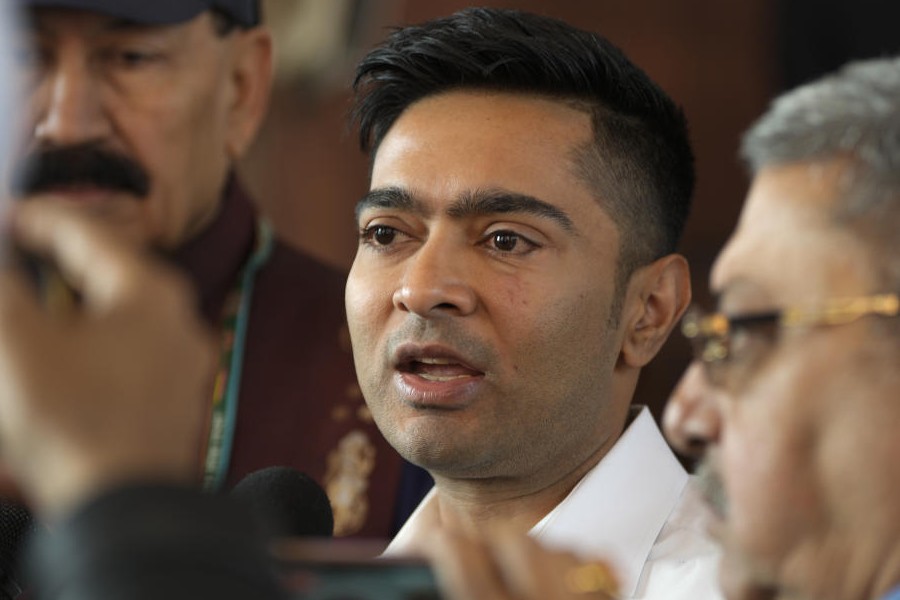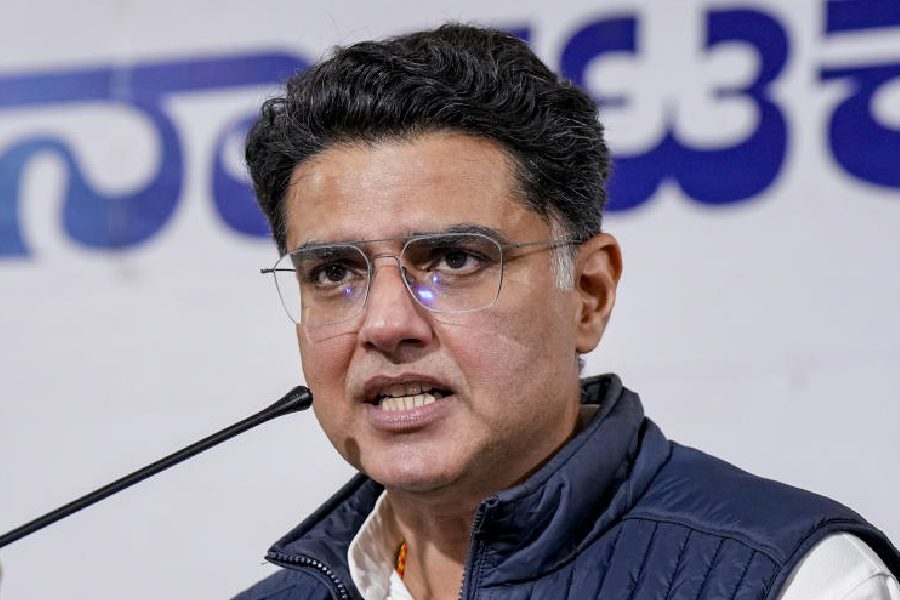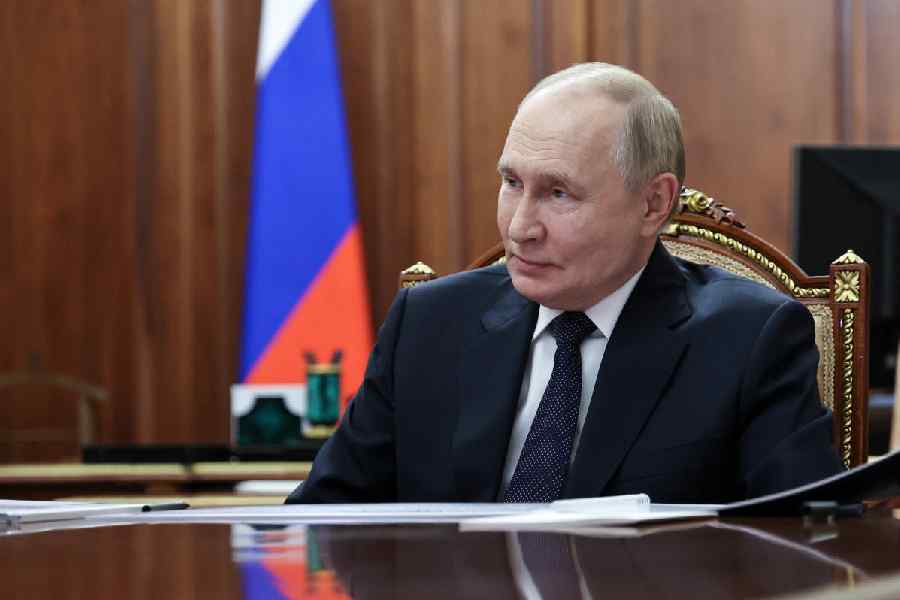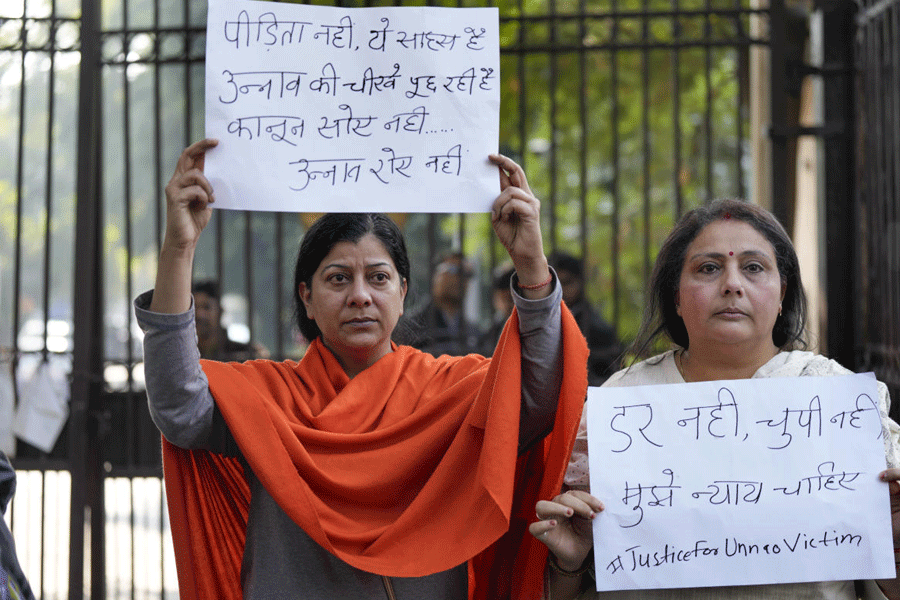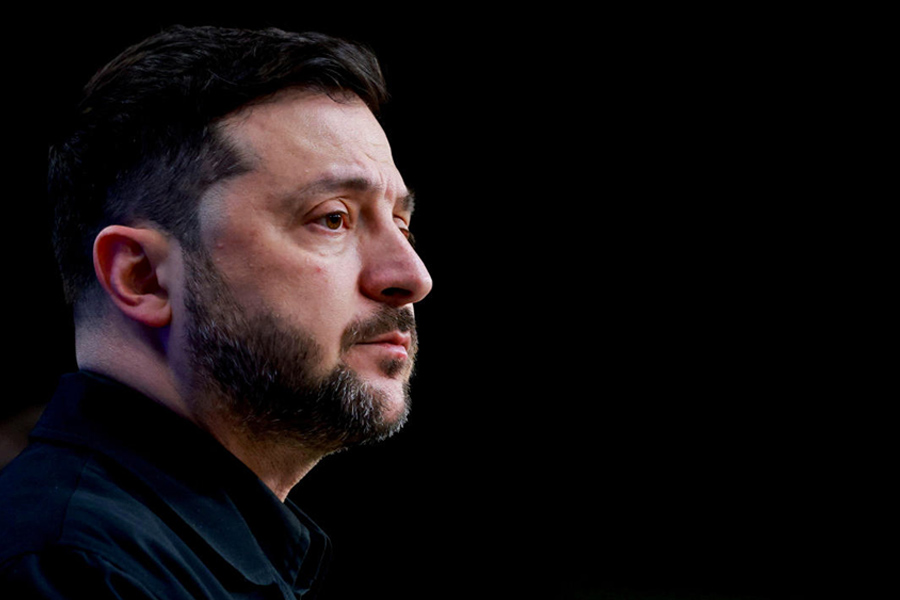 |
| File picture of artistes enacting a scene in Mughal tamasha |
Bhubaneswar, June 26: A folk theatre form that started in Bhadrak over 300 years ago is struggling to survive.
Mughal tamasha, a living testimony of the impact of Mughal rule on Odia culture, is based on a script written originally by Bansiballav Goswami.
It tells the tale of the interaction of a Mughal noble with the local residents of Bhadrak.
The Mughal high-ranking official in Mughal tamasha is referred to as Mirza Sahib and visits the province to collect revenue. Here, he gets attracted to a local woman from the milkmen community.
Driven by his obsession for the woman, he even tries to abduct her. But local residents show tough resistance.
According to the doyen of Mughal tamasha, Badal Sikdar, whose Sanket Cultural Organisation has popularised the folk theatre through regular shows across the state and outside, the theatre form had served as an instrument in building communal harmony between the Hindus and the Muslims in the past.
“Members of both the communities used to perform in the theatre that led to bringing the two communities closer,” said Sikdar.
The distinct feature of the play is that it uses five languages — Parsi, Hindi, Urdu, Odia and Bengali.
However, these days only three to four troupes perform this folk theatre.
“The play was first performed in the 18th century and is the cultural outcome of Hindu-Muslim unity. But the art form has not received the patronage that could promote it and encourage artistes to keep performing. Though it is highly appreciated by the viewers wherever and whenever performed, it is lying in an utter state of neglect,” said Sikdar, whose troupe has performed in various states.
“We even get invitations from people of foreign countries to perform in their country. But it is impossible for us to reach there since we are hardly able to make ends meet. Though we perform twice or thrice a month and are supported by Sangeet Natak Akademi, New Delhi and EZCC, the remuneration is too low to even maintain the costumes, sets and props,” he said.
Sikdar also highlighted that the state culture department delays the payment for their sponsored performances. “The culture department pays us after 10 months or even a year after a performance most of the time. That makes it very tough for us to manage,” said the veteran director of Mughal Tamasha, who has been working to revive and preserve the dying art form for more than 25 years now.
However, the veteran added that ever since the state government declared it a dying art form, the Union ministry of culture has adopted it under the Guru Shishya programme wherein Sikdar, as the trainer, has been grooming new artistes.
“We are proud to be associated with the cultural heritage of our state by performing Mughal tamasha,” said Rabindra Kumar Patra, who plays Mirza Saheb.
“I wish patrons come forward to save this special art form,” said Rasmita, one of the 30 artistes of Sikdar’s troupe.


